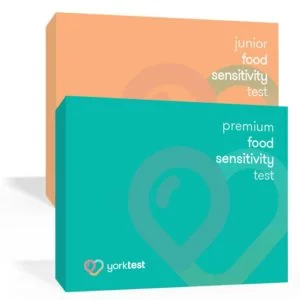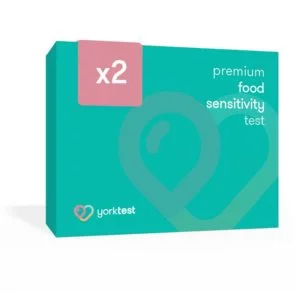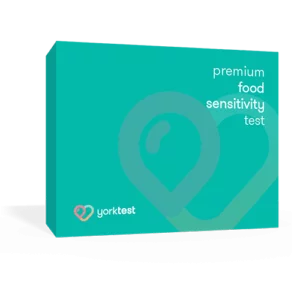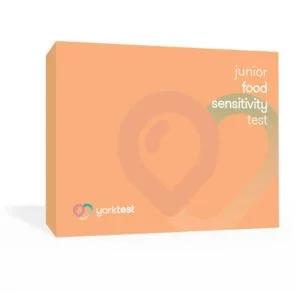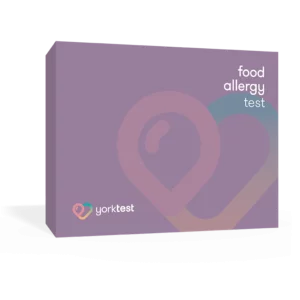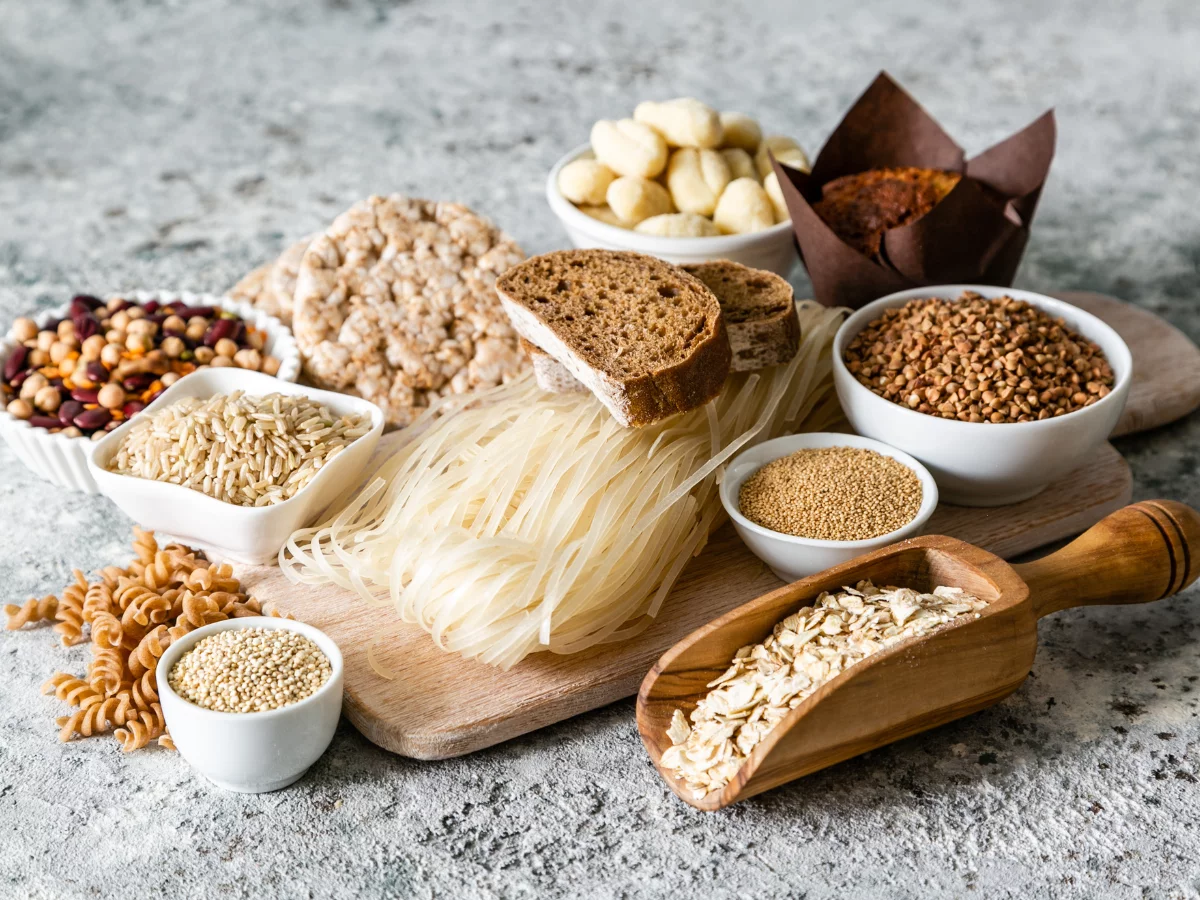The temperature is dropping, leaves are changing colors and it’s peak season for apple picking – fall has finally arrived. With neighbors stocking up on candy, kids trick-or-treating and spooky movie galore, Halloween is one of the most popular holidays celebrated by Americans every year.
While children will likely return home gleefully with a bag full of candy on Hallow’s Eve, it can be easy to get wrapped up in the holiday spirit and forget about just how much sugar is contained in those candy bags.
According to the American Heart Association, the recommended sugar consumption for kids is less than 25g per day (that’s about 6 teaspoons).
Sugar at Halloween
Whether your children eat all their treats in one day, or over the course of the following week, Halloween and excessive sugar consumption often go hand in hand.
Along with potentially contributing to diabetes and obesity, high sugar consumption can also put kids at increased risk of developing a high blood pressure and cholesterol levels. Refined sugar, which comes from sugar cane and sugar beets, is often added to candy items to enhance the sweetness too.
How much sugar are kids likely to consume this Halloween?
To understand the full picture, YorkTest looked at the most popular Halloween candy items, according to a recent YouGov study.
We then took the average serving size for each Halloween candy, according to grocery chains across the US. Many items came in ‘bite size’ Halloween-friendly bags to make it more cost-effective.
Depending on the number of doors that your child goes to, they could be eating up to 113 teaspoons of sugar in one day – 1,808% of the recommended daily sugar allowance.
For kids that trick or treat to 10 houses they’ll intake:
- 126g of sugar
- 544% of their recommended daily sugar allowance
- 31.5 teaspoons of sugar
- 1,170 calories
For kids that trick-or-treat to 20 houses, they’ll intake:
- 295g of sugar
- 1,180% of their recommended daily sugar allowance
- 74 teaspoons of sugar
- 2,670 calories
For kids that trick-or-treat to 30 houses, they’ll intake:
- 452g of sugar
- 1,808% of their recommended daily sugar allowance
- 113 teaspoons of sugar
- 3,880 calories
While chowing down on Halloween candies may be all part of the holiday fun, when sugar is consumed in excess it can lead to hyperactivity, stomach aches and digestive issues.
On top of this, many of the most common allergens and foods that can cause sensitivities are often in high circulation during Halloween, such as wheat, milk and soy.
If you are concerned your child may be sensitive to any specific ingredients, it’s worth considering a junior food sensitivity test as it can help you to identify what they are intolerant to.
Which Halloween candy contains the most sugar?
Of the items analyzed, the candy items that had the most sugar per serving are:

Which have the lowest sugar per serving?
Of the items analyzed, the candy items with the lowest sugar amount per serving were:

Kerri Ferraioli, nutritionist at YorkTest, commented on the findings:
“On Halloween, the grocery store shelves are full to the brim with candy, and while it’s common knowledge that consuming too much sugar can be unhealthy, it’s often easy to get swept up in the fun of the holiday.
“It’s important to have fun and embrace Halloween, but it can be easy to forget just how much sugar is contained in candy – with up to 108 teaspoons of sugar – more than four times the recommended amount.
“Try and make healthy choices over Halloween where possible, by extending the period of time that your child eats the sweets and candy they get when they’re out trick-or-treating. You could also consider picking a smaller candy bag, and making sure that they eat a hearty meal beforehand to reduce the hunger cravings after.â€
If you or your child are regularly suffering from IBS, tiredness or bloating, it may be a sign of a food intolerance or allergy. A food sensitivity test can help you to understand what foods you’re reacting to, and optimize your diet accordingly.
Methodology
YorkTest looked at the most popular Halloween candy items in the US, according to YouGov.
It then looked at popular US grocery stores in the US to take the serving size, calorie level and total sugars level.
Each teaspoon of sugar equates to 4g of sugar.
Data correct as of October 2022.


